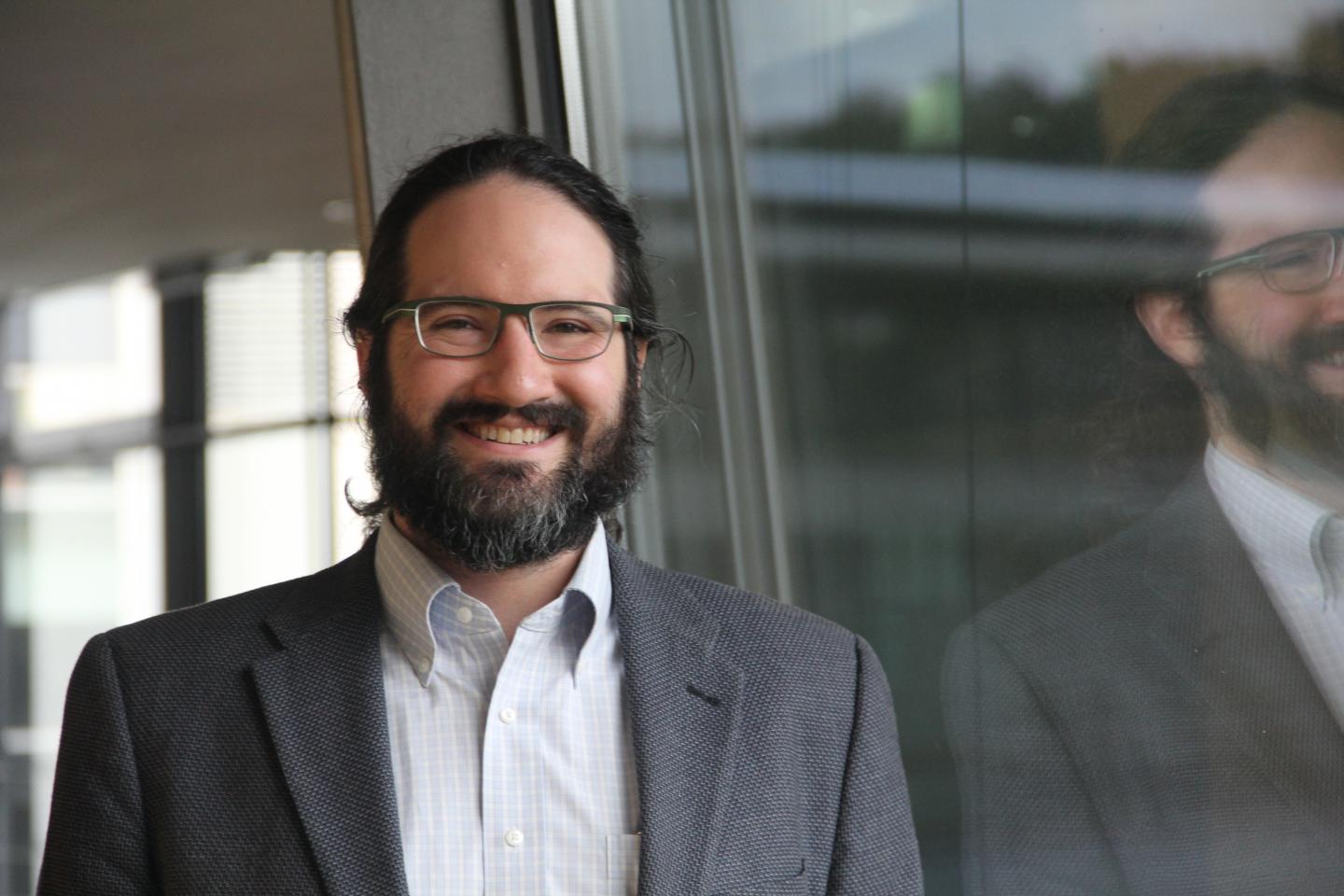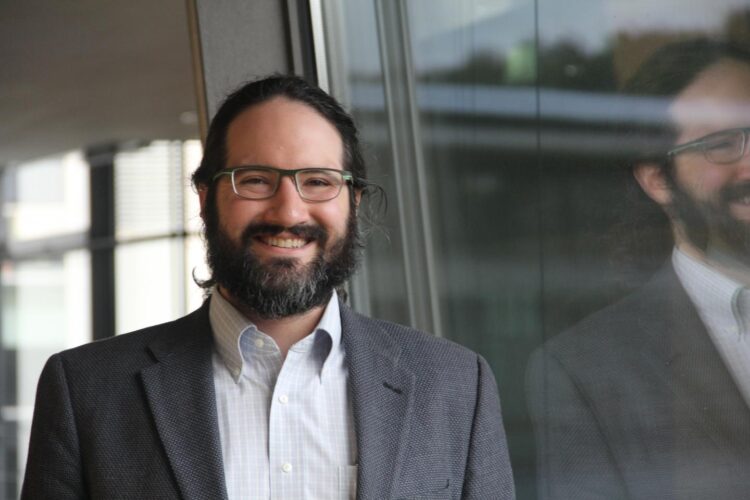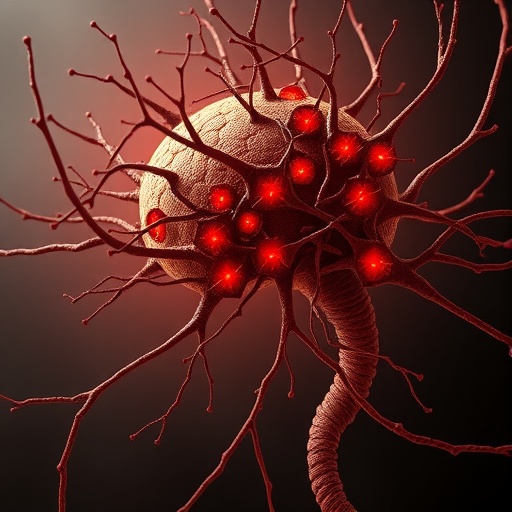Human Frontier Science Program grant provides more than $1 million in support

Credit: Family handout
DALLAS (SMU) – Doran I.G. Bennett, a theoretical chemist at SMU, has received a Human Frontier Science Program grant to study how photosynthesis uses sunlight to support growth in changing environments.
Bennett is part of an international team of collaborators that will receive $365,000 per year for 3 years to better understand the mechanics behind photosynthesis.
This research aims to predict photosynthetic efficiency in a changing environment, thereby laying a foundation for understanding how agricultural crops respond to climate change.
“We have known since Jan Ingenhousz’s work in the 18th century that plants create oxygen and absorb CO2 in sunlight. This behavior is essential for their growth,” said Bennett, an assistant professor in chemistry at SMU (Southern Methodist University).
In the last 100 years, scientists have learned more about the chemical process behind photosynthesis, which occurs inside tiny cells of plants. That process includes the presence of a chain of molecules and proteins that transfer electrons, the creation of a pH imbalance between two sides of a membrane, and the creation of ATP – the energy currency of cells.
Yet, what we currently know about this chemical process of photosynthesis is very static, Bennett said.
“It doesn’t reflect that photosynthesis occurs in a dynamic membrane called the thylakoid that will change its organization in response to different environmental stresses, such as too much or too little sunlight,” Bennett said.
Bennett and his collaborators are looking to fill in that gap.
Ben Engel, a structural biologist at Helmholtz Zentrum München, has demonstrated the ability to measure the photosynthetic membrane organization inside frozen cells. Roberta Croce, a professor at VU Amsterdam, combines biochemical and biophysical techniques to probe how efficiently photosynthesis operates in different environmental conditions.
The Mesoscience Lab at SMU will build a model to use the structural data from the Engel lab to reproduce the biochemical data from the Croce lab, said Bennett, who is principal investigator at the Mesoscience Lab.
“This model will explain how changes in membrane structure create changes in function and provide a blueprint for predicting the effect of environmental changes on photosynthesis.”
###
Human Frontier Science Program Research Grants support innovative basic research into fundamental biological problems with emphasis placed on novel and interdisciplinary approaches that involve scientific exchanges across national and disciplinary boundaries. Research grants are provided for teams of scientists from different countries who wish to combine their expertise in innovative approaches to questions that could not be answered by individual laboratories.
About SMU
SMU is the nationally ranked global research university in the dynamic city of Dallas. SMU’s alumni, faculty and over 12,000 students in eight degree-granting schools demonstrate an entrepreneurial spirit as they lead change in their professions, communities and the world.
Media Contact
Monifa Thomas-Nguyen
[email protected]
Original Source
https:/





